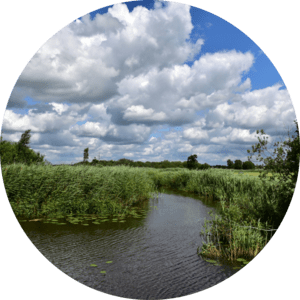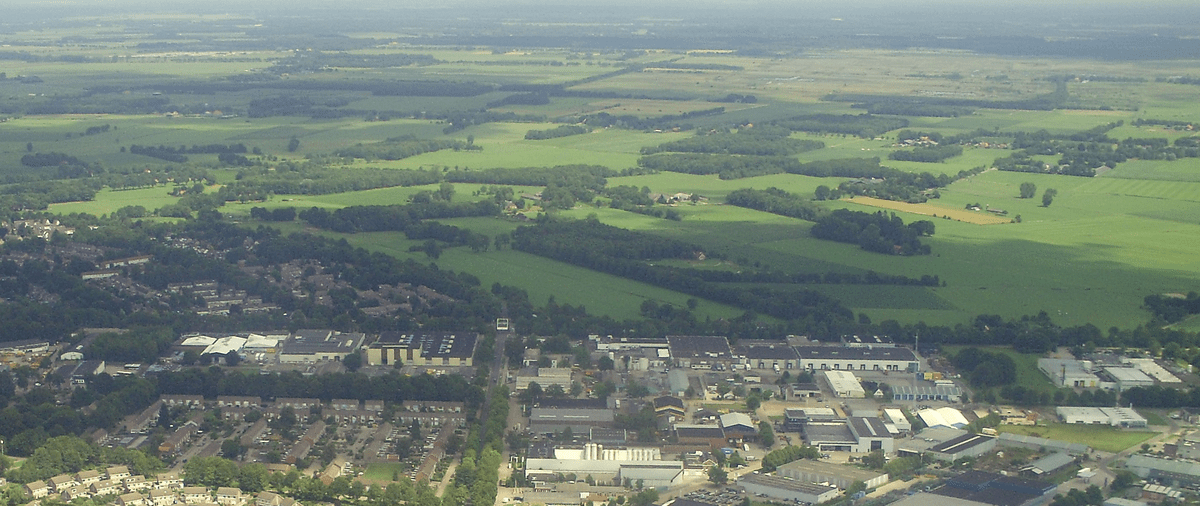Pilot
Netherlands

Ooststellingwerf
Sustainable land use for a resilient rural future.
The Dutch municipality of Ooststellingwerf is located in the northern province of Friesland and inhabits 26.000 people. Besides in the main village Oosterwolde (10.000 inhabitants) most people live in one of the other 12 villages located in rural settings. The municipality is 26.000 hectares in size which are mainly (70%) in agricultural use. Dairy farming is the prominent function, but also arable farming is present.
The landscape is diverse as a result of the presence of peat soils (north and west) and of sandy soils (east and south). Two well-known and valuable nature areas are located (partly) within the borders of Ooststellingwerf, namely ‘Fochteloërveen’ and ‘Drents-Friese Wold’. Both are protected by Nature 2000.
Aerial view of Oostellingswerf.
Contact: Mark Niesten, Deltares (mark [dot] niesten [at] deltares [dot] nl (mark[dot]niesten[at]deltares[dot]nl))

